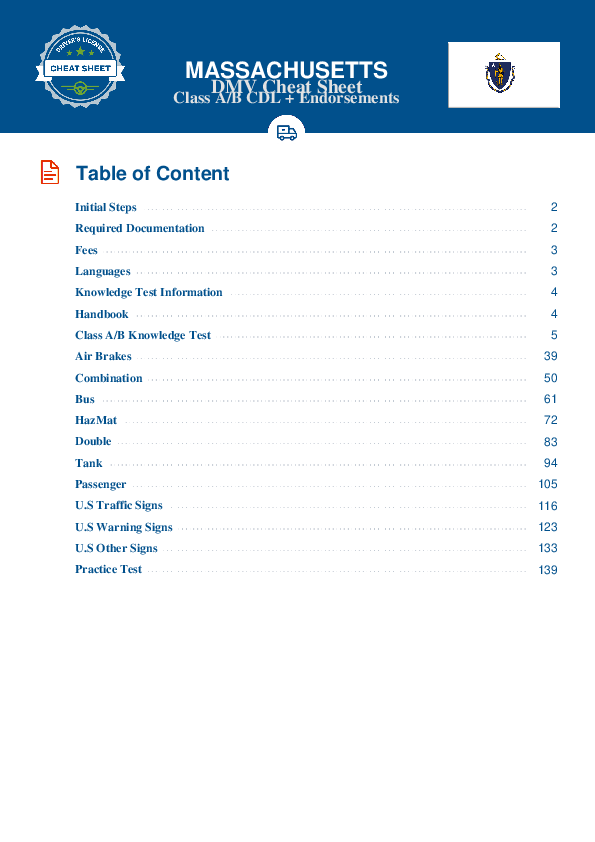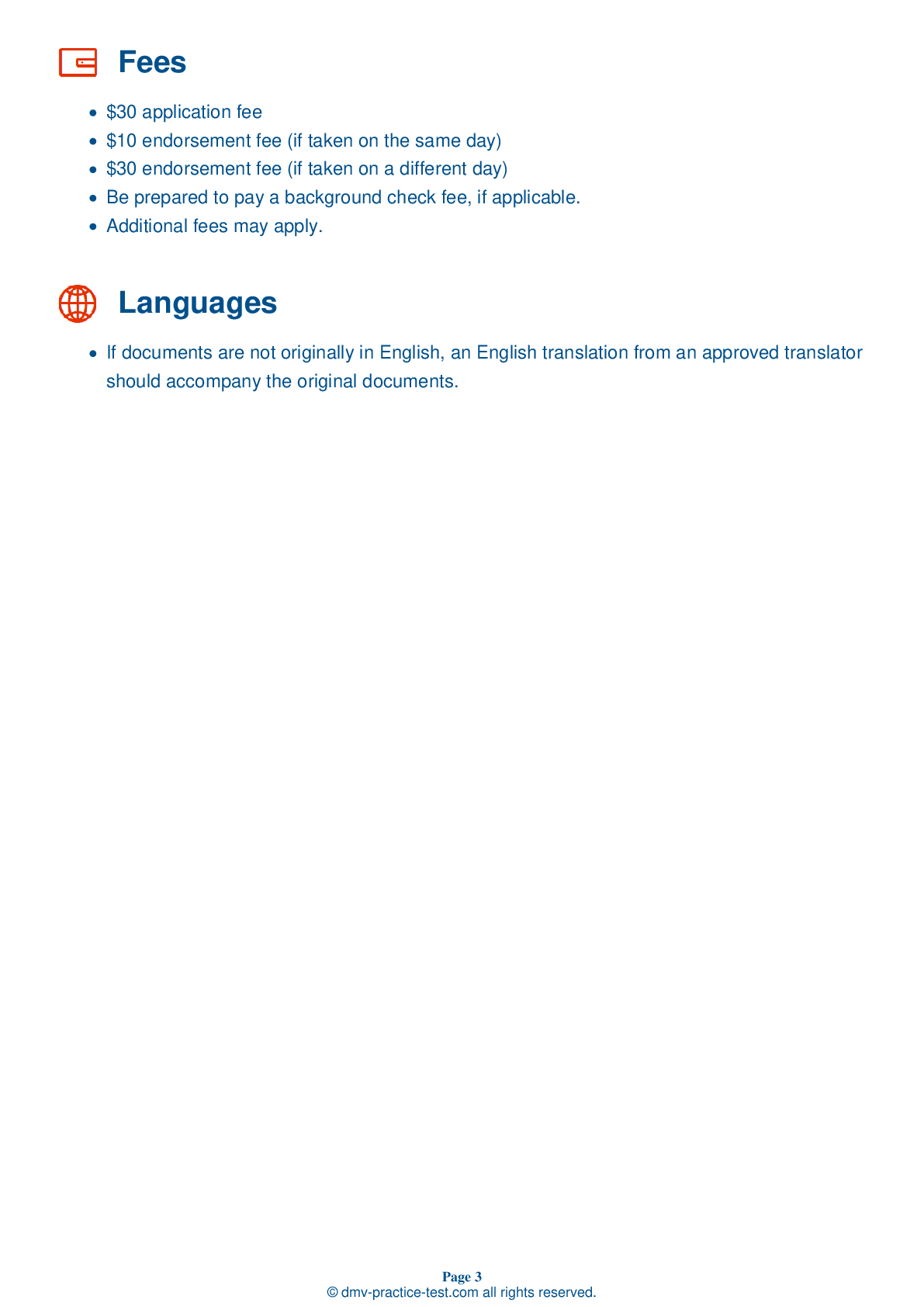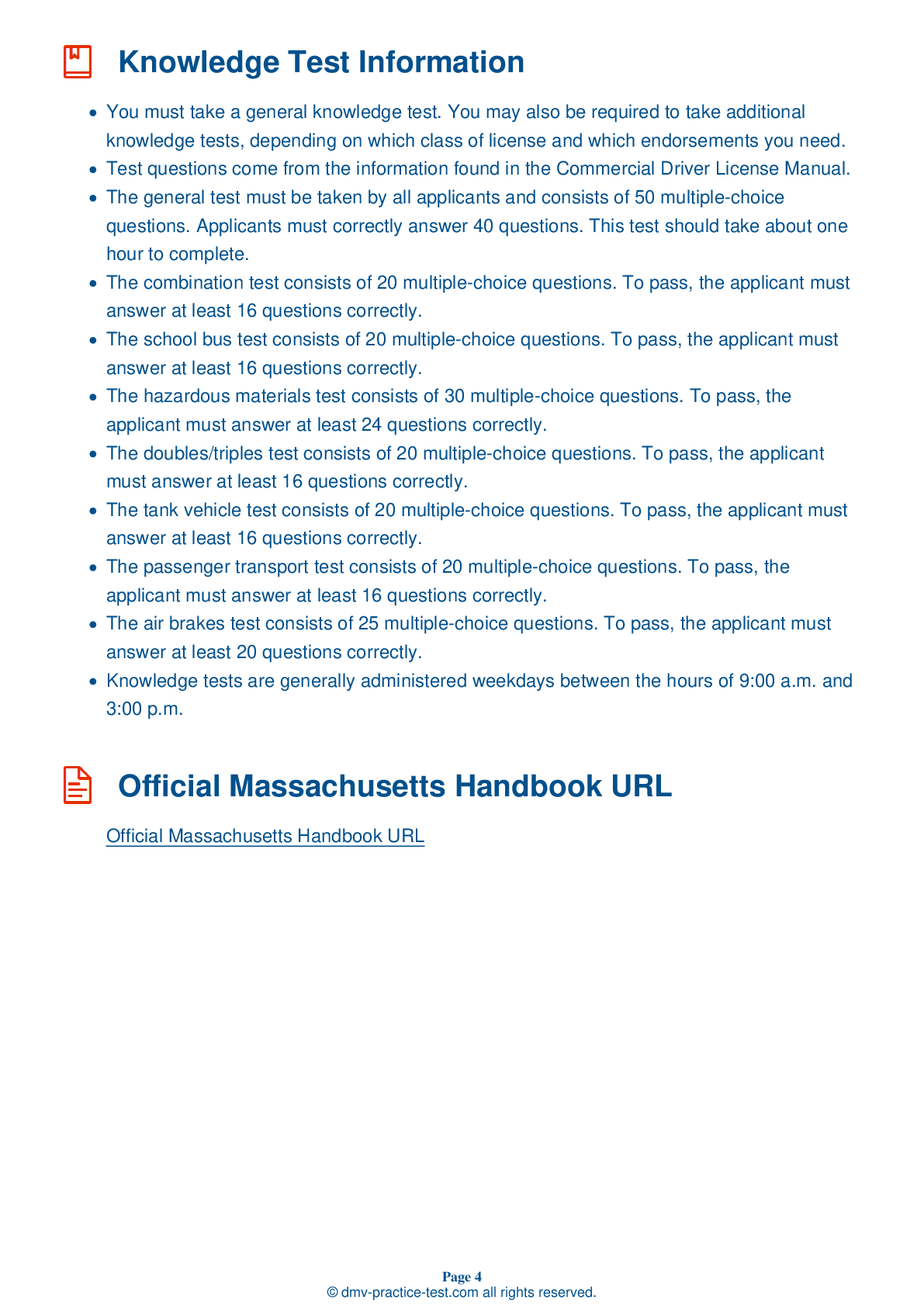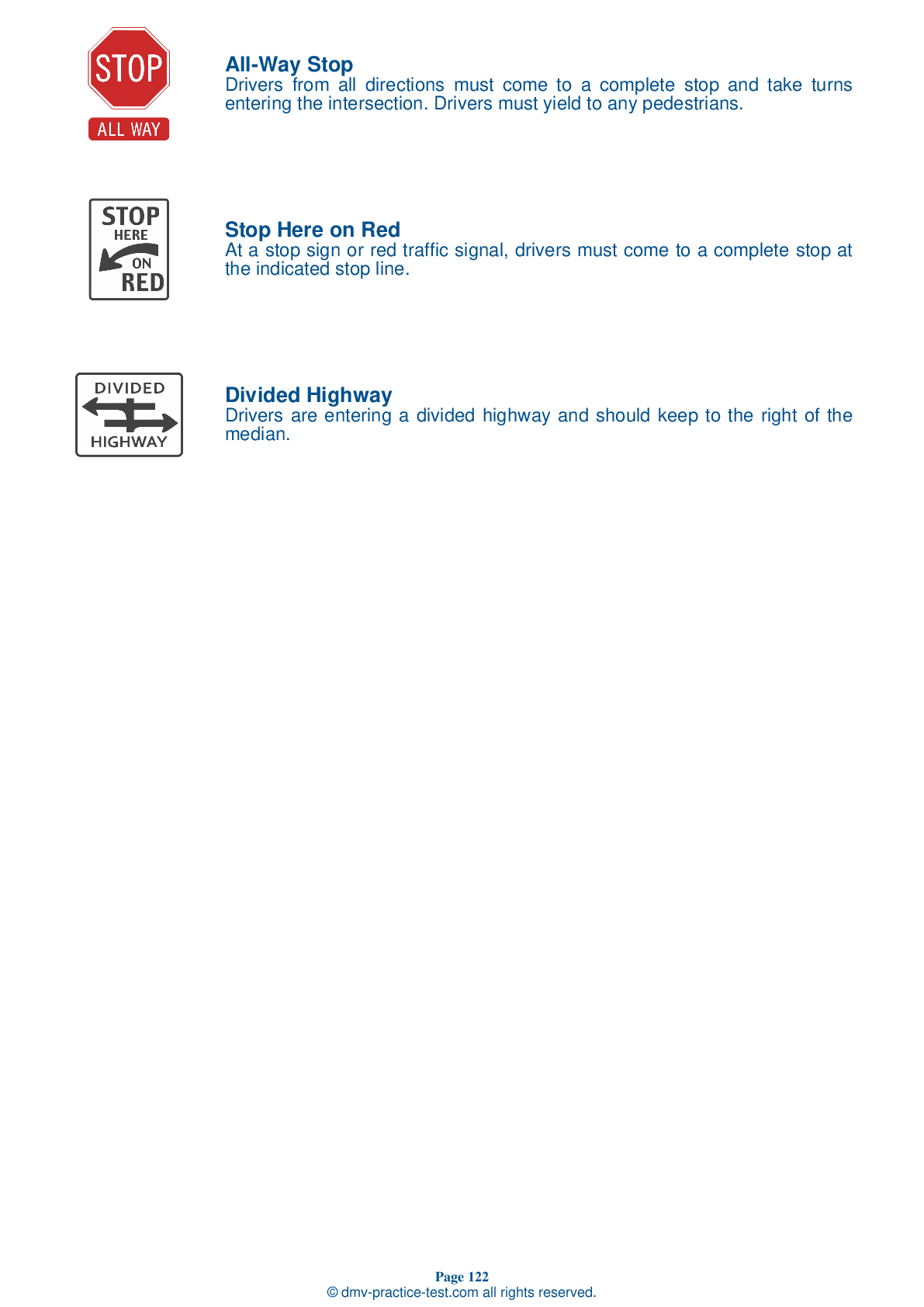Combination Vehicles Practice Test | Massachusetts 2026 #1
Train for FREE online with our Massachusetts CDL combination vehicle test. The official exam test consists of several obligatory parts, with all of them checking your knowledge of different blocks of road rules. If you need to obtain a MA combination license in 2026, practice as much as possible. Free sample tests published on our website will help you check and improve your knowledge and boost your grades. Please bear in mind that DMV requirements for issuing a combination license may vary from state to state.
1 . Using the trailer hand brake while experiencing a trailer jackknife will:
If you are experiencing a trailer jackknife, you can help your tires regain traction by releasing the brakes. Using a trailer hand brake while experiencing a skid will only cause the skid to continue.
2 . What happens when the wheels of a trailer lock up?
A trailer tends to swing around, potentially resulting in a trailer jackknife, if its wheels lock up.
3 . In a vehicle equipped with an automatic tractor protection valve, the valve will pop out when:
In vehicles equipped with an automatic tractor protection valve, the valve will pop out if air pressure drops to a level between 20 and 45 psi. When the valve pops out, the protection valve will close, stopping the flow of air.
4 . Rollovers happen when drivers:
A rollover happens as a result of a driver taking a turn at too high a speed. Be sure to take turns and curves safely and slowly.
5 . An Anti-Lock Braking System (ABS):
The function of an Anti-Lock Braking System (ABS) is to prevent a vehicle's wheels from locking up during hard braking.
6 . A tractor protection valve is:
On combination vehicles with air brakes, the tractor protection valve keeps air in the tractor or truck brake system, should the trailer develop a bad leak or break away from the tractor.
7 . After connecting the air lines to the trailer while coupling, you should:
Correctly following the steps to couple and uncouple trailers is vital to safely operating a combination vehicle. After connecting the air lines to the trailer while coupling, you should supply air to the trailer.
See the exact questions that will be on the 2026 Massachusetts DMV exam.
99.2% of people who use the cheat sheet pass the FIRST TIME
Lillian MCcranie explains how our CDL study guide was helpful in passing the exam and recommends it to everyone.
Cameron tells us how he purchased the CDL exam, and found it to be a useful tool which helped him pass the exam and find a job.



